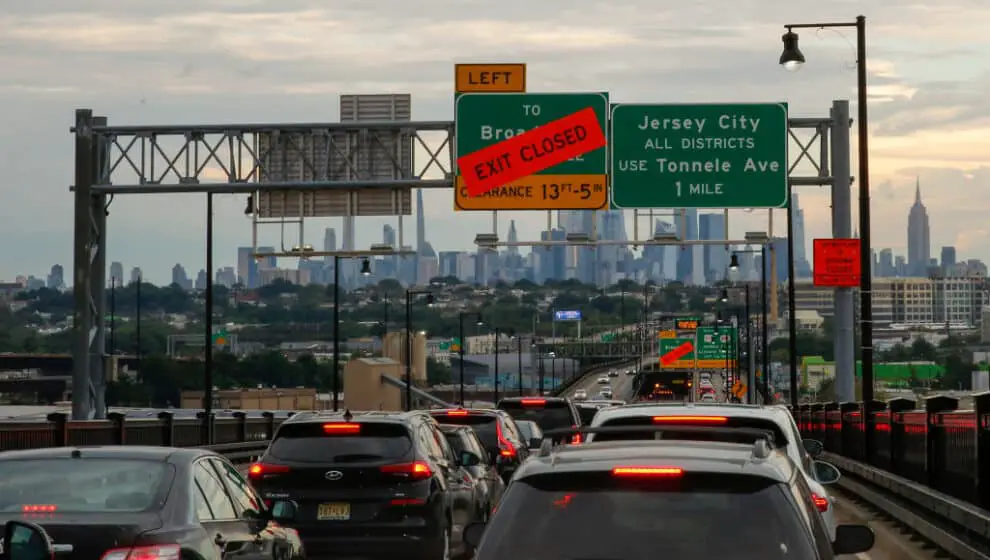Scientists are partnering with major auto brands to help stop phantom traffic jams using existing artificial-intelligence (AI) and cruise-control technology.
Key Details
- A study has found by introducing a car equipped with AI and cruise-control technology, the vehicle influences up to 20 surrounding cars and immensely slows traffic.
- The tech measures other cars’ speeds and slows or accelerates the equipped vehicle, which influences other cars around it breaking up traffic jams.
- The use of existing car technology can significantly reduce the instabilities in traffic flow, known as “phantom jams,” that cause problems on America’s roads.
- There is a 36% increase in auto crashes during morning commutes when there is heavy congestion.
- In a test in a controlled situation following a circular route, reports Fortune, “excessive braking events fell from 8.58 per vehicle per kilometer to 0.12, and with a higher average speed—cars are not stuck in jams … The number of cars that passed around the circle increased 14.1%.”
Why it’s news
Anyone who has driven on a highway during rush hour has fallen victim to traffic jams with hundreds of cars continuously stopping and going for not discernible reason.
Some traffic jams are called “phantom traffic jams” because they are caused by human tendencies, not an actual roadblock. A phantom jam happens when one car slows down, causing the one behind it to slow, and then a chain reaction occurs, causing a jam.
Scientists have partnered with major auto brands such as Nissan, GM, and Toyota to put vehicles equipped with AI and cruise control technology on the roads to stop phantom jams from happening.
Together the scientists and automakers have created a group called “Circles.” The group consists of 100 influencer cars that use technology to go a certain speed on the highways and eliminate traffic jams.
How it works is the equipped cars work as an “influencer.” The vehicle goes a certain speed without continuously gassing and breaking and influences cars around it to do the same, which helps to not create a phantom jam.
The AI system sends traffic data in real time to a controller attached to the cruise control. This allows the systems to determine how fast or slow the car should go to ease the traffic. If the car goes too fast, it will create a jam, but if it goes too slow, cars will pass it, leaving it useless.
The Circles team created an experiment with 100 influencer cars in Nashville, Tennessee, to get real-time data, but the results haven’t been released.
If the results achieve what the group thought, this experiment could help ease traffic conditions across the map.
